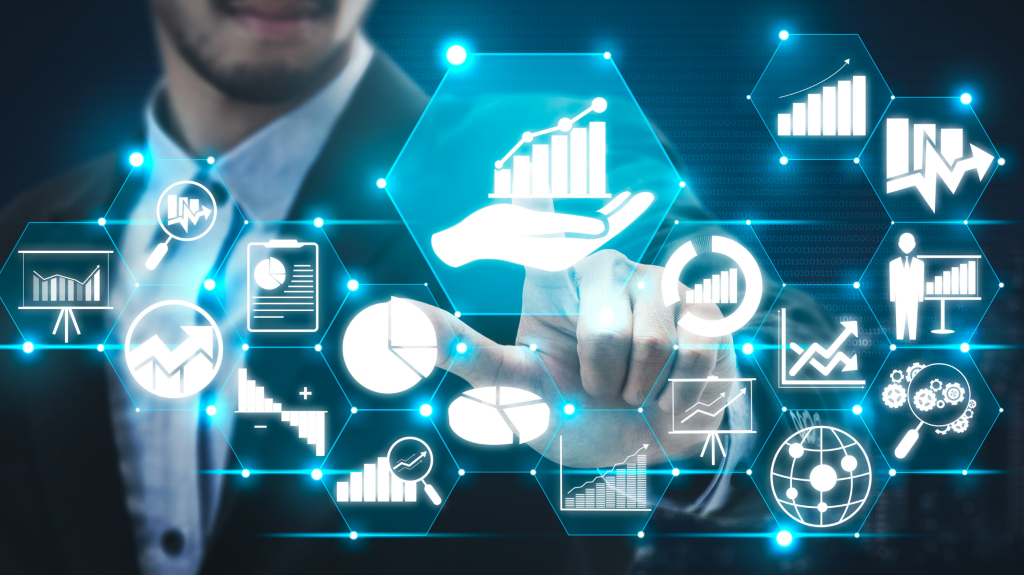BFSI Crisis Management: Future-Proofing Financial Institutions
BFSI crisis management has emerged as a critical area of focus, given the industry's susceptibility to a wide range of threats, from economic downturns to cyberattacks. The BFSI (Banking, Financial Services, and Insurance) sector is the backbone of the global economy, and its stability is paramount for maintaining market confidence and economic health. Effective crisis management in this sector involves anticipating potential threats, preparing robust response strategies, and ensuring swift recovery and continuity of operations.
One of the key aspects of BFSI crisis management is risk assessment. Financial institutions must continuously monitor the environment for emerging risks and vulnerabilities. This involves a thorough analysis of various factors, including market trends, geopolitical events, regulatory changes, and technological advancements. By identifying potential threats early, institutions can develop proactive measures to mitigate risks before they escalate into full-blown crises. For instance, stress testing and scenario planning are essential tools that help institutions evaluate their resilience against adverse conditions and prepare contingency plans accordingly.
Another crucial element of BFSI crisis management is communication. Clear, transparent, and timely communication with stakeholders, including employees, customers, regulators, and the media, is vital during a crisis. Effective communication ensures that all parties are informed about the situation, the actions being taken, and the expected outcomes. It helps build trust and confidence, which are essential for maintaining stability and preventing panic. Institutions must establish crisis communication protocols and designate spokespersons to manage the flow of information effectively.
Technological innovation plays a significant role in enhancing BFSI crisis management capabilities. Advanced technologies such as artificial intelligence, machine learning, and blockchain offer powerful tools for detecting, preventing, and responding to crises. For example, AI and machine learning algorithms can analyze vast amounts of data to identify unusual patterns and potential threats, enabling early intervention. Blockchain technology can enhance the security and transparency of transactions, reducing the risk of fraud and cyberattacks.
Cybersecurity is another critical area of focus in BFSI crisis management. The increasing reliance on digital platforms and services exposes financial institutions to cyber threats. A robust cybersecurity framework is essential to protect sensitive data, maintain customer trust, and ensure the continuity of operations. Institutions must invest in advanced security measures, conduct regular security audits, and provide ongoing training to employees to recognize and respond to cyber threats.
Regulatory compliance is also a key component of BFSI crisis management. Financial institutions must adhere to a complex web of regulations designed to ensure stability, transparency, and fairness in the financial system. During a crisis, compliance with these regulations becomes even more critical. Institutions must have a thorough understanding of regulatory requirements and establish processes to ensure compliance under all circumstances.
Finally, building a culture of resilience is fundamental to effective BFSI crisis management. This involves fostering a mindset of preparedness, agility, and continuous improvement throughout the organization. Employees at all levels must be trained to recognize potential threats, understand their roles in crisis response, and contribute to the institution's overall resilience. By embedding resilience into the organizational culture, financial institutions can better navigate crises and emerge stronger in their aftermath.
https://www.marketdigits.com/bfsi-crisis-management-market-1700554723 BFSI Crisis Management: Future-Proofing Financial Institutions
BFSI crisis management has emerged as a critical area of focus, given the industry's susceptibility to a wide range of threats, from economic downturns to cyberattacks. The BFSI (Banking, Financial Services, and Insurance) sector is the backbone of the global economy, and its stability is paramount for maintaining market confidence and economic health. Effective crisis management in this sector involves anticipating potential threats, preparing robust response strategies, and ensuring swift recovery and continuity of operations.
One of the key aspects of BFSI crisis management is risk assessment. Financial institutions must continuously monitor the environment for emerging risks and vulnerabilities. This involves a thorough analysis of various factors, including market trends, geopolitical events, regulatory changes, and technological advancements. By identifying potential threats early, institutions can develop proactive measures to mitigate risks before they escalate into full-blown crises. For instance, stress testing and scenario planning are essential tools that help institutions evaluate their resilience against adverse conditions and prepare contingency plans accordingly.
Another crucial element of BFSI crisis management is communication. Clear, transparent, and timely communication with stakeholders, including employees, customers, regulators, and the media, is vital during a crisis. Effective communication ensures that all parties are informed about the situation, the actions being taken, and the expected outcomes. It helps build trust and confidence, which are essential for maintaining stability and preventing panic. Institutions must establish crisis communication protocols and designate spokespersons to manage the flow of information effectively.
Technological innovation plays a significant role in enhancing BFSI crisis management capabilities. Advanced technologies such as artificial intelligence, machine learning, and blockchain offer powerful tools for detecting, preventing, and responding to crises. For example, AI and machine learning algorithms can analyze vast amounts of data to identify unusual patterns and potential threats, enabling early intervention. Blockchain technology can enhance the security and transparency of transactions, reducing the risk of fraud and cyberattacks.
Cybersecurity is another critical area of focus in BFSI crisis management. The increasing reliance on digital platforms and services exposes financial institutions to cyber threats. A robust cybersecurity framework is essential to protect sensitive data, maintain customer trust, and ensure the continuity of operations. Institutions must invest in advanced security measures, conduct regular security audits, and provide ongoing training to employees to recognize and respond to cyber threats.
Regulatory compliance is also a key component of BFSI crisis management. Financial institutions must adhere to a complex web of regulations designed to ensure stability, transparency, and fairness in the financial system. During a crisis, compliance with these regulations becomes even more critical. Institutions must have a thorough understanding of regulatory requirements and establish processes to ensure compliance under all circumstances.
Finally, building a culture of resilience is fundamental to effective BFSI crisis management. This involves fostering a mindset of preparedness, agility, and continuous improvement throughout the organization. Employees at all levels must be trained to recognize potential threats, understand their roles in crisis response, and contribute to the institution's overall resilience. By embedding resilience into the organizational culture, financial institutions can better navigate crises and emerge stronger in their aftermath.
https://www.marketdigits.com/bfsi-crisis-management-market-1700554723






